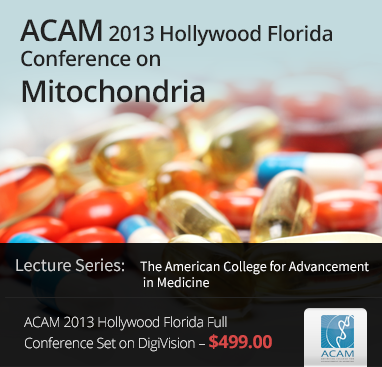- Dr. Sangeeta Pati - Hormones, Nutrition, Detoxification, Mind, and Body
- IV Nutrition Textbook
- IV Nutrition and BHRT Workshops - by Central Drugs
- Regenerative Business Summit by Medfit
- Cash Practice Success Summit
- Special Topic Sets on Hormones, Weight Loss, Stem Cells, Cancer, Sex, and more
- Ron Rothenberg, MD Special Set
- Thierry Hertoghe, MD Special Set

I couldn’t have come on the heels of a more interesting and appropriate presentation as my previous speaker, and I’m really delighted to be here talking to you today about the relationship between food and sexual function.
So right now in many of your patients and enormous numbers of people, particularly in the United States and also worldwide, we like to think of people as ready and willing for sexual encounters but not necessarily able. And I love this quote from the great Bard, ‘Is it not strange that desire should so many years outlive performance’. So all of us have been at some point in our lives considered too young for sex but nobody should ever really be considered too old for sex, and I want to talk to you about that today.
These data mirror some of what was shown with you by the last speaker but right now the sexual state of the union is really very depressing. About 30% of adult men and 40% of adult women are at risk for some degree of sexual dysfunction and we say that because of their current profile - a lot of which you have been hearing about in the last couple of days. These data are also severely under reported, so these numbers are larger than what you’re seeing.
About 18 million men experience some form of erectile dysfunction and we know that the prevalence significantly increases with age ranging from about 5.1% in our younger men to up to 70% in men 70 years of age and older. Now when you think about the way that we have evolved, you could argue well there’s a reason for sexual function to decrease with age. If you think about the mating pool, it would be better for the species for younger, hardier, more virile people to mate with each other and produce. But as you know, all of the age norms are under investigation now and scrutiny and we are creating a different aging normative curve and what used to be considered older age is now feeling much more like mid-age.
I am a full-time professional. When my parents were my age they were already either in retirement or very seriously contemplating retirement and I can tell from just looking across the room, that there are more people like me sitting out here than my parents, so the age breaks are shifting. Even in advertising we don’t even know what to call an older person anymore. I belong to a really interesting meetup group called Aging2.0, a lot of tech-heads looking at ways to help people stay in their homes longer.  We had a whole discussion at the last meeting, what do I call what used to be a woman of a certain age without insulting or actually really being descriptive of where her level of function is at this point in her life.
So why are we so fat right now? This is a great series of slides that’s available on the web from the National Heart Lung and Blood Institute called Portion Distortion and they’ve built it out like a little PowerPoint deck that you can use with your patients, you can download it, and it shows you this enormous increase in size and caloric density, the majority of which is from fat, in portions.
And the problem is that visually, we are trained to look at food on a plate and think that that is a reasonable portion and what’s happened is that there has been this gradual, and not so gradual with some of the foodstuffs, distortion over the years where what used to be a reasonable amount of food is now essentially the caloric mass that should feed about three people, and Florida is actually famous for this. This is the home of the all-you-can-eat senior buffet, and what we’re doing is we are encouraging people to disregard the visual impact of the size of the food on the plate and just accept it as a reasonable portion and you can see the enormous calorie differences.
To purchase the full lecture, click here.
Apr
27,
2015






